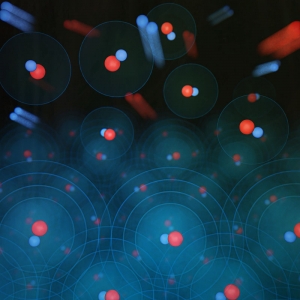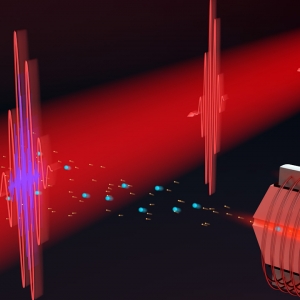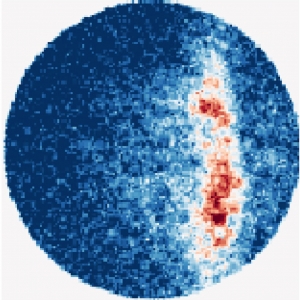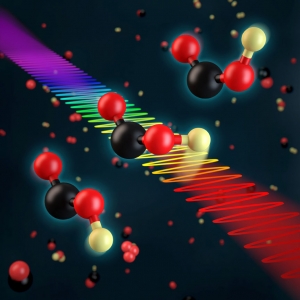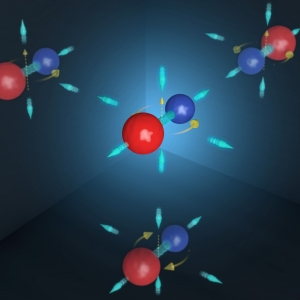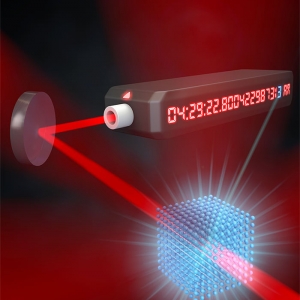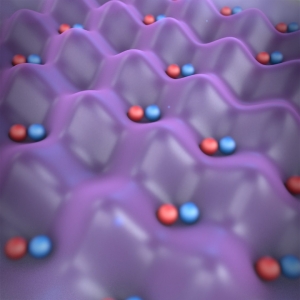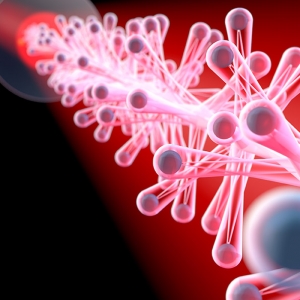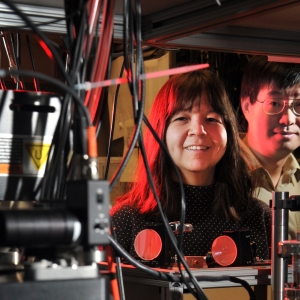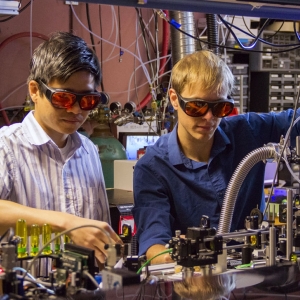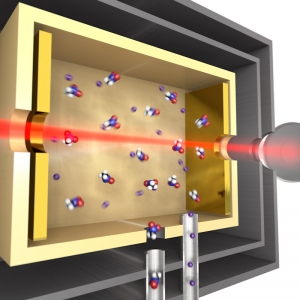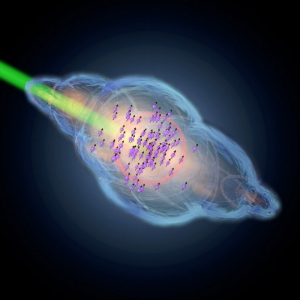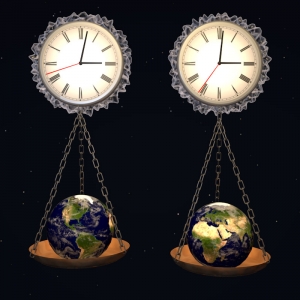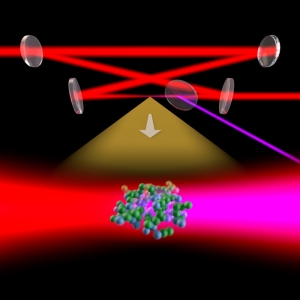Research Highlights
Atomic & Molecular Physics
The First Quantum Degenerate Polar Molecules
Published:
PI: Jun Ye
Atomic & Molecular Physics
The Energetic Adolescence of Carbon Dioxide
Published:
PI: Jun Ye
Precision Measurement
And, The Answer Is . . . Still Round
Published:
PI: Eric Cornell | PI: Jun Ye
Atomic & Molecular Physics | Precision Measurement
The Clock that Changed the World
Published:
PI: Jun Ye
Atomic & Molecular Physics
Quantum Adventures with Cold Molecules
Published:
PI: Ana Maria Rey | PI: John Bohn | PI: Jun Ye
Atomic & Molecular Physics | Precision Measurement
Quantum Leaps
Published:
PI: Ana Maria Rey | PI: Jun Ye
Atomic & Molecular Physics
Molecules at the Quantum Frontier
Published:
PI: Deborah Jin | PI: Jun Ye
Atomic & Molecular Physics | Chemical Physics | Laser Physics
The Radical Comb-Over
Published:
PI: Jun Ye
Atomic & Molecular Physics
The Ultramodern Molecule Factory: I. Doublons
Published:
PI: Ana Maria Rey | PI: Deborah Jin | PI: Jun Ye
Atomic & Molecular Physics | Precision Measurement
Quantum Baseball
Published:
PI: Ana Maria Rey | PI: Jun Ye
Atomic & Molecular Physics | Quantum Information Science & Technology
Creative Adventures in Coupling
Published:
PI: Ana Maria Rey | PI: Jun Ye
Atomic & Molecular Physics
A Thousand Splendid Pairs
Published:
PI: Ana Maria Rey | PI: Deborah Jin | PI: Jun Ye
Atomic & Molecular Physics
Atoms, Atoms, Frozen Tight in the Crystals of the Light, What Immortal Hand or Eye Could Frame Thy Fearful Symmetry?
Published:
PI: Ana Maria Rey | PI: Jun Ye





